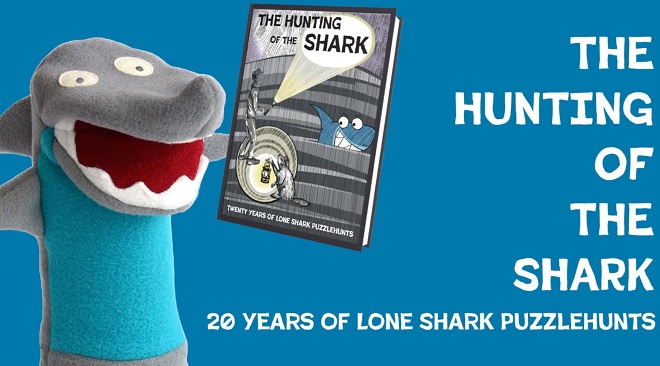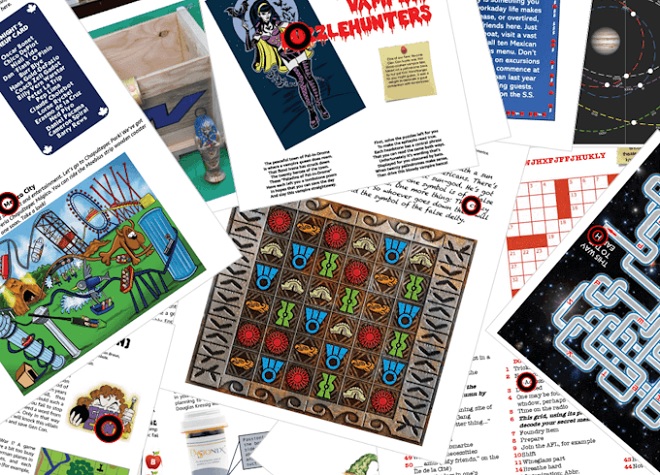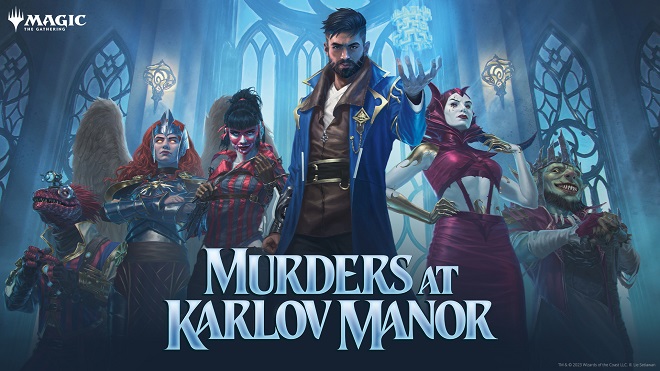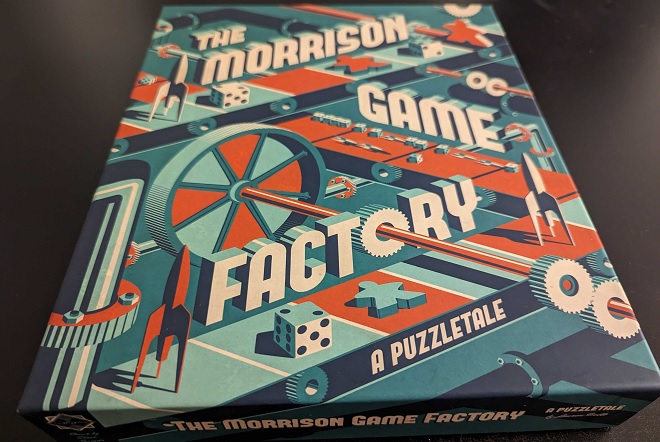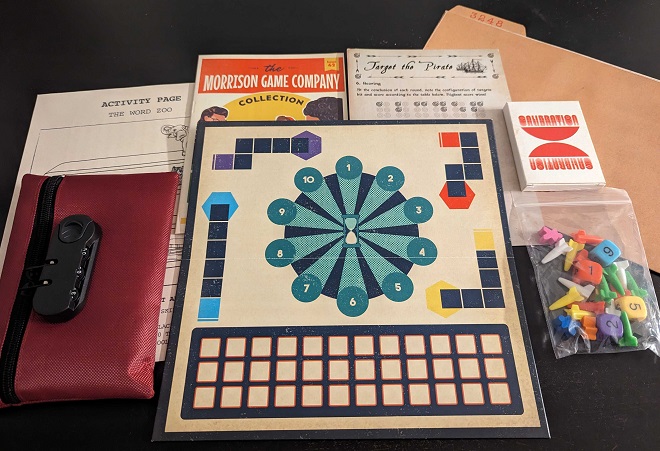
Starting on March 27th, a series of “Interdimensional Doors” were erected in cities across North America. No two doors looked exactly the same: a door installed near Salt Lake City Utah’s Gallivan Center featured the kind of traditional wooden door with frosted glass that wouldn’t be out of place as the entry to a professor’s office, while a door along the Piestewa Peak Summit Trail in Phoenix Arizona featured a more minimalist frame painted to look like glimpsing into a nebula of swirling purples and pinks.
While each door was unique in appearance, there were still a few details inextricably linking them together. Along the top of each door, the text “Interdimensional Door” was paired with a seemingly nonsensical hashtag. And underneath that text, a QR code was present that, when scanned, sent curious onlookers to the website ProjectKuri.org.
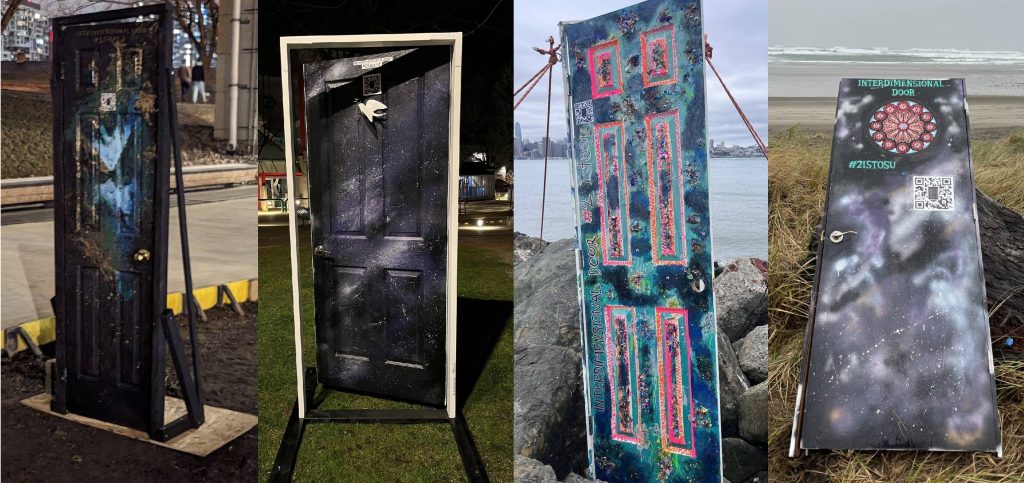
The Key Unconsciousness Research Institute (KURI) Project
The Project KURI website explains that it is an organization interested in studying how dreams can serve as doorways to alternate dimensions. In order to pursue that research, Project KURI is actively soliciting members of the public to share their dreams. As the organization explains in an Instagram post:
At KURI, we’re turning imagination into exploration. Our dedicated team of scientists, psychologists, and visionaries are pioneering research into the subconscious mind, decoding the messages hidden in our dreams. But this journey is not ours alone – we invite you, dreamers, thinkers, and seekers from all over the world to join us. Share your dreams. Become part of a global community by pushing the boundaries of what’s possible.
Website visitors are encouraged to share their dreams through a form on the ProjectKuri.org website or to message audio submissions to the project’s Instagram account, with promises that “The Kuri Tapes” will be coming in the near future. Curiously, the site also features a block of ciphered text, with no other explanation for its presence.

Untangling this message in particular helps provide a few hints of things to come. And while it’s possible to solve this phrase as if it were an unclued CryptoQuote from the daily paper, there’s a more elegant solution hidden within the doors themselves.
Continue reading
